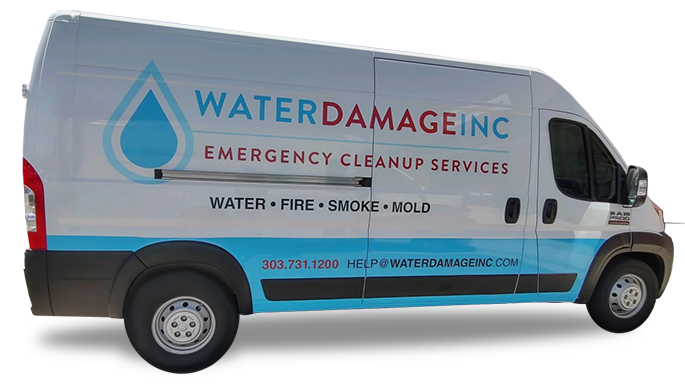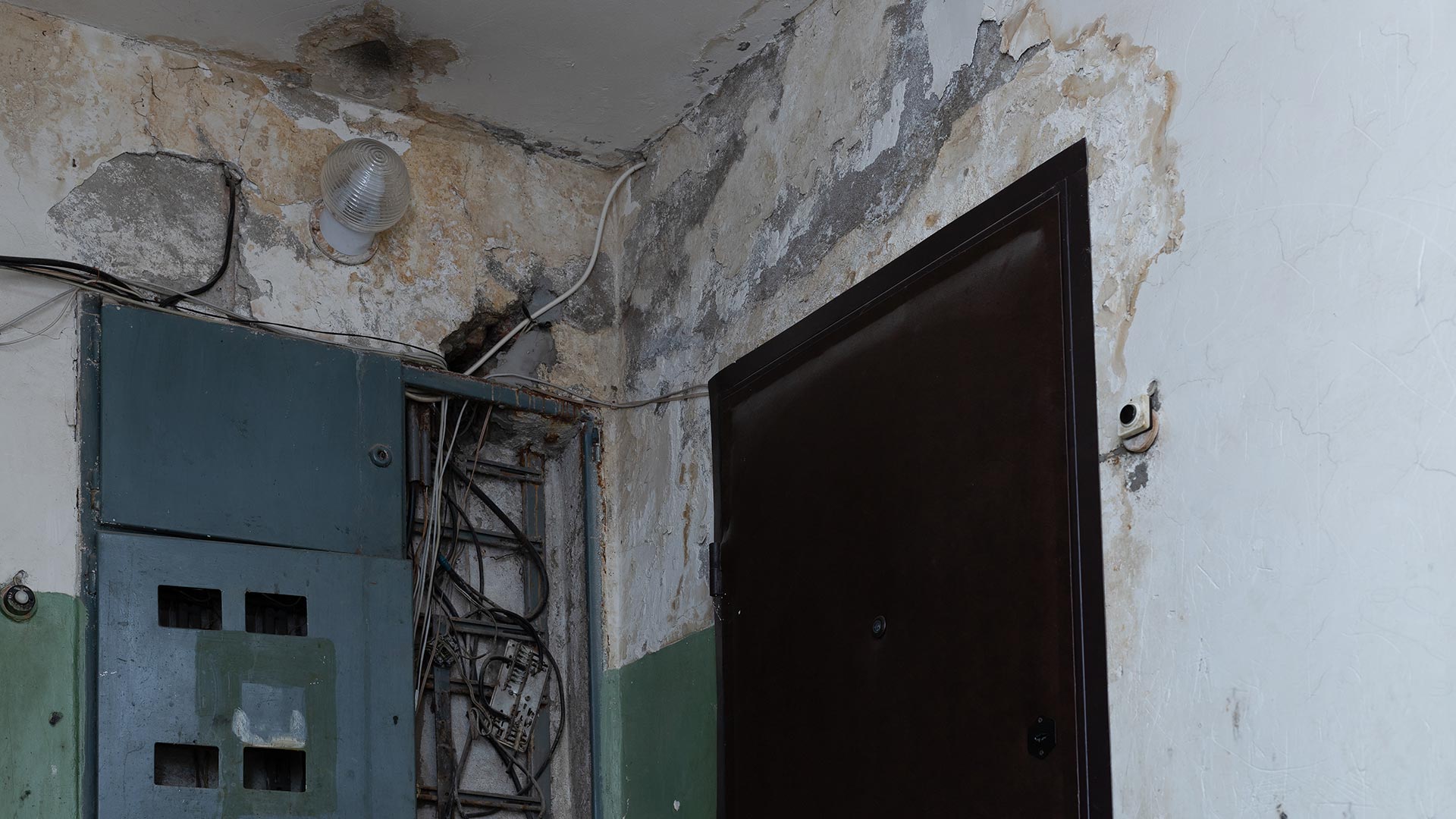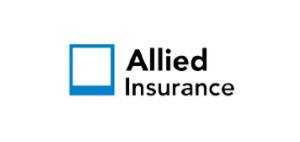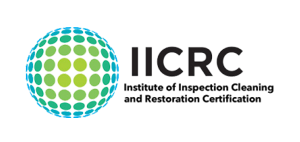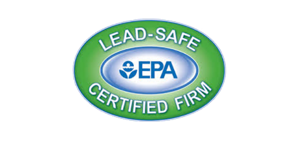Flooding can be very damaging, causing harm to homes and posing serious health risks. When flood waters go away, they leave behind a dirty environment. This is perfect for harmful bacteria and viruses to grow.
Too much moisture is great for these harmful germs to spread. This can lead to many health problems. Mold growth is a big worry because it can make breathing hard and cause allergies.
It’s important to know the health dangers of mold after a flood. This knowledge helps us take steps to stay safe and recover well.
Key Takeaways
- Flood waters can contaminate environments, leading to the growth of harmful microorganisms.
- Mold growth poses significant health risks, including respiratory issues and allergic reactions.
- Excess moisture is a primary factor in the proliferation of pathogens after a flood.
- Preventive measures are key to reducing health risks from mold.
- A safe recovery process involves understanding and addressing health hazards.
Understanding Flood-Related Mold Growth
Flood-related mold growth is a serious concern that can harm your health. When flooding happens, water damage creates a perfect place for mold to grow. This can happen fast, often in just 24 hours, leading to health problems.
Common Types of Mold After Flooding
After a flood, several types of mold can grow. These include Aspergillus, Penicillium, and Stachybotrys chartarum, also known as black mold. These molds can make mycotoxins, harmful substances that worsen health issues. Knowing the types of mold that grow after flooding is key to understanding health risks.
How Quickly Mold Develops After Water Damage
Mold can start growing in as little as 24 to 48 hours after water damage. The speed of mold growth depends on moisture, temperature, and nutrients. Once mold grows, it spreads fast, releasing spores that increase health risks.
Areas Most Susceptible to Mold Growth
Certain areas are more likely to have mold after flooding. These include:
- Basements and crawlspaces that hold water
- Walls and ceilings with water damage
- Carpets and upholstery soaked with water
- Areas around windows and doors where water may have entered
These areas need quick attention to stop mold growth and reduce health risks from mold spores health hazards.
Can Mold From Flood Make You Sick in Denver?
When floods happen, mold can grow and harm our health. Mold exposure is a big worry after flooding. It can cause many health problems.
Health Risks Associated With Flood Mold Exposure
Mold can cause health issues, from mild allergies to serious breathing problems. The health risks from flood mold are big for people with health problems or weak immune systems.
Common health issues from mold include breathing problems and allergies. In severe cases, mold can cause infections, mainly in those with weak immune systems.
Toxic Black Mold and Its Effects
Toxic black mold, or Stachybotrys chartarum, is very dangerous. It grows in damp places after floods. Exposure to it can lead to breathing issues, brain problems, and even organ damage.
The effects of toxic black mold can be wide-ranging. It can affect not just the lungs but also cause headaches, tiredness, and other body problems. It’s key to deal with toxic black mold quickly to reduce these risks.
Vulnerable Populations at Higher Risk
Some groups face higher risks from mold. These include people with weak immune systems, like those on chemotherapy or with HIV/AIDS. The elderly, young kids, and those with breathing problems are also more at risk.
For these groups, staying away from mold is critical. People with weak immune systems should not go into moldy buildings after hurricanes or floods. This helps prevent serious mold infections.
Recognizing Mold Exposure Symptoms
Mold exposure is a serious health concern, often seen after flooding. It can cause symptoms from mild irritation to severe health problems. Knowing these symptoms is key to quickly identifying and treating mold-related health issues.
Immediate Respiratory and Allergic Reactions
Mold exposure often affects the respiratory system. People may start coughing, sneezing, and feeling congested, like they have a cold or allergies. For those with asthma, mold can make symptoms worse, even leading to asthma attacks.
- Runny or stuffy nose
- Itchy or watery eyes
- Wheezing or difficulty breathing
Skin and Eye Irritation
Mold can also irritate the skin and eyes. Some may get rashes or skin infections from touching mold. Eye irritation, like redness, itching, or tearing, can also happen.
Some people might feel generally unwell, like having headaches or feeling tired. These symptoms are not as directly linked to mold exposure.
Long-Term Health Consequences
Long-term exposure to mold can cause serious health problems. These include chronic respiratory issues, persistent allergic reactions, and rare lung infections. People with weakened immune systems are at higher risk for these problems.
It’s vital to spot mold exposure symptoms early to avoid long-term health issues. If you think there’s mold in your home after flooding, act quickly to fix the problem. This is key to keeping your health safe.
Preventing and Addressing Flood Mold Problems
To fight flood mold, knowing how to clean up and fix problems is key. Mold needs three things to grow: oxygen, food, and moisture. Keeping humidity low is a big step in stopping mold.
Effective Cleanup Procedures
Proper flood cleanup has a few important steps. First, you should:
- Assess the damage well to find all flood-affected spots.
- Remove standing water and dry everything fast.
- Dispose of contaminated materials that can’t be saved.
Using strong drying and dehumidifying tools helps a lot.
Protective Equipment for DIY Mold Removal
When you’re doing mold removal yourself, wearing the right gear is key. This includes:
- N-95 respirators or better to avoid breathing in mold spores.
- Goggles to keep your eyes safe from mold and cleaners.
- Gloves to stop mold and dirty stuff from touching your skin.
- Coveralls to keep your clothes clean and stop mold spores from spreading.
Knowing When to Seek Professional Help
While DIY mold removal works for small spots, sometimes you need a pro. This is true for:
- Large-scale mold infestations that cover a lot of space.
- Mold in complex systems like HVAC, which needs special skills to fix.
- Presence of toxic mold, like black mold, which is very dangerous.
Experts have the right tools, training, and experience. They can safely and well fix mold problems.
Conclusion
Mold growth after flooding can be very harmful. It can cause breathing problems and allergic reactions. Knowing that mold from floods can make you sick is very important.
Mold exposure can be dangerous, even more so for the elderly and young kids. It can lead to mild allergies or serious breathing issues.
Acting fast is key to stop mold growth and reduce exposure. Cleaning and drying flooded areas quickly, and wearing protective gear, helps a lot.
Knowing the risks and acting early is vital for your health and others. By understanding the dangers of flood-related mold and acting quickly, you can lower the risk of getting sick.
